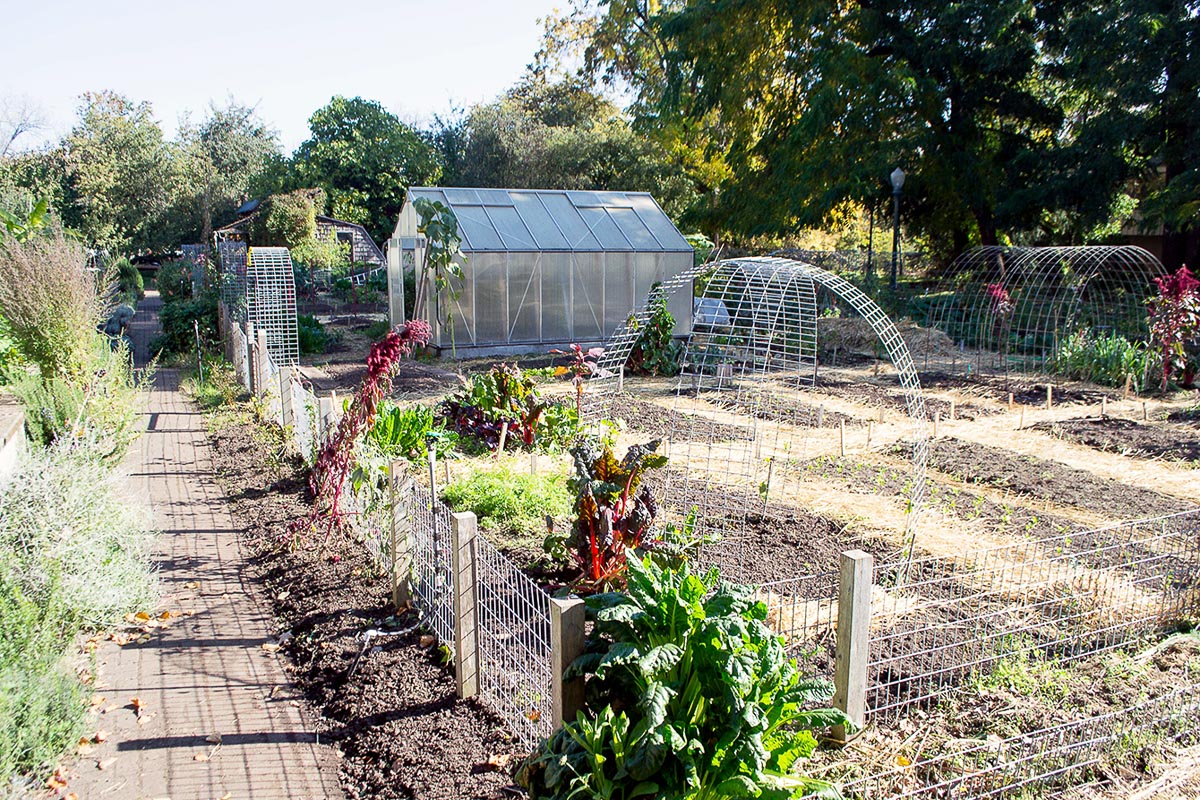About City Blooming
Wiki Article
The Only Guide to City Blooming
Table of ContentsThe Only Guide for City BloomingAn Unbiased View of City BloomingThe Single Strategy To Use For City BloomingThe 8-Second Trick For City BloomingHow City Blooming can Save You Time, Stress, and Money.
Intrigued in growing food for sale in the City of Chicago? Assuming about beginning a neighborhood yard? Adjustments to the Chicago Zoning Ordinance permit agricultural usages like neighborhood yards and urban farms in many parts of the city. Below is a listing of frequently asked concerns concerning the regulations and laws that cultivators must take into consideration when planning an urban agriculture project.
The zoning change does not modify any type of various other codes taking care of composting, building licenses, acquiring or renting City possessed residential or commercial property, business licenses or ecological contamination. There are existing codes that manage these issues and they continue to be in full effect and may be appropriate to your project. Neighborhood gardens are commonly had or managed by public entities, public companies or community-based organizations and preserved by volunteers.
Urban farms expand food that is intended to be marketed, either on a not-for-profit or for-profit basis. Due to their commercial purpose, metropolitan farms require an organization permit.
More About City Blooming
The amount of compost product can not go beyond 25 cubic yards at any type of given time according to the requirements in 7-28-715 of the City's Municipal Code. Because the dirt at many new yard sites needs amending, garden compost, soil, timber chips, or other materials can be gotten to build or improve the expanding area.
If a building authorization is needed then the hoophouse will certainly be taken into consideration an accessory building. You can find out more about the building permit needs by calling the Department of Structures. The 25,000-square-foot size restriction is meant to prevent a single area garden from controling a given block or detracting from the block's existing household or industrial personality.
The limit does not apply to yards situated in Public Open Room (POS) districts. Can there be more than one community garden that is 25,000 square feet on a solitary block? Secure fencing is not called for, however, yards that have huge car parking locations may be needed to mount fence or various other landscape design features.
The Facts About City Blooming Revealed
B1 & B2 districts need that all commercial usage tasks be performed inside. R areas limit commercial task. The regulations reflect the function and intent of the Zoning Code. Is secure fencing required for metropolitan farms? Yes. Fencings may be needed, in addition to landscape design and screening, for certain parking lot and outdoor work or storage areas depending on area and the specific task happening.Yes. Urban farms require structure licenses and zoning approvals before building and construction. Various other types of city review may be required depending on details frameworks, tasks, size, landscape design, licensing, public health and stormwater management issues. Much of these requirements are determined in the project layout or allowing process, nonetheless, the applicant might be liable to individually identify certain licenses or allows that may be called for.
Yes. The kind of certificate is determined by what is taking place at the website. The Department of Business Matters and Consumer Protection can help determine the particular sort of organization license that's needed. Yes. Off road auto parking is needed for most industrial jobs in Chicago. The called for number of garage is based on the number of workers working with website and not the square footage of the growing area.
The smart Trick of City Blooming That Nobody is Discussing

An urban farm can market garden compost product produced on site, however, the operation should conform with the policies in 7-28-715 of the Chicago Municipal Code. Aquaponic systems are allowed indoors on city ranches in numerous zoning districts.
Approximately 5 hives or nests of honey bees might be kept as an accessory use. Nonetheless, beekeepers have to sign up with the Illinois Department of Agriculture. For additional information concerning the suggested zoning amendment you may get in touch with the Department of Real Estate and Economic Advancement, Bureau of Planning and Zoning at 312.744.8563.
Farming in cities and urban areas An urban ranch in Chicago. Urban farming refers to various techniques of cultivating. https://us.enrollbusiness.com/BusinessProfile/6739712/City%20Blooming#google_vignette, handling, and dispersing food in metropolitan areas. The term also applies to the location tasks of pet husbandry, aquaculture, beekeeping, and horticulture in an urban context. Urban agriculture is differentiated from peri-urban agriculture, which occurs in country areas beside suburban areas.
Some Ideas on City Blooming You Should Know
It can entail an activity of organic farmers, "foodies" and "locavores", who look for to form social media networks started on a common ethos of nature and community holism. These networks can create by method of official institutional like this support, coming to be integrated right into local town preparation as a "transition town" activity for sustainable metropolitan development.The a lot more direct access to fresh veggie, fruit, and meat products that may be understood via city agriculture can improve food safety and food safety and security while lowering food miles, resulting in reduced greenhouse gas exhausts, therefore contributing to climate adjustment mitigation. A few of the first proof of urban agriculture originates from Mesopotamia.
Report this wiki page